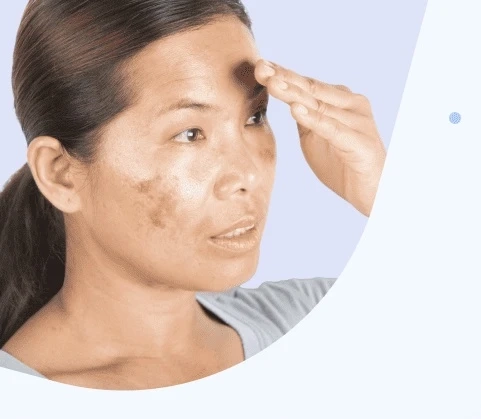Introduction:
In the skincare industry, the pursuit of glowing, balanced skin has given rise to a plethora of products, many of which guarantee revolutionary outcomes. The claimed skin-brightening properties of Triluma Cream have drawn attention. This in-depth investigation explores the composition of Triluma Cream, dissecting its main components and illuminating how they complement one another to improve the complexion.
1.Understanding the Importance of Skin-Brightening:
Understanding the importance of skin-brightening in the context of skincare is crucial before diving into the details of Triluma Cream. A glowing and even complexion is a sought-after aim for people who want to look better and feel more confident because it is frequently linked to health and beauty.
2. The Key Ingredients of Triluma Cream:
a.Hydroquinone:
The well-known skin-lightening ingredient hydroquinone is a component in Tri luma Cream's formulation. Inhibiting the synthesis of melanin, the pigment that gives skin its color is how hydroquinone acts to lessen the visibility of dark spots and hyperpigmentation.
b.Tretinoin:
Another essential element is the vitamin A derivative tretinoin. Tretinoin is well known for encouraging the turnover of skin cells, which helps to expose skin that is more toned and youthful-looking. Additionally, it improves other components' penetration, boosting the formulation's effectiveness.
c.Fluocinolone Acetonide:
Fluocinolone acetonide is a corticosteroid with anti-inflammatory qualities that is a component of Triluma Cream. By lowering redness and inflammation, this substance balances out the other ingredients and improves skin tone overall.
3. The Synergistic Action of Triluma Cream:
The synergistic impact of Triluma Cream's main components accounts for its effectiveness. Together, hydroquinone, tretinoin, and fluocinolone acetonide target several facets of skin discoloration, offering thorough and long-lasting benefits.
4. The Application Process and Considerations:
The right application of Triluma Cream is essential to maximizing its advantages. Consumers should adhere to the recommended skincare regimen, which includes cleaning, dabbing on a pea-sized quantity of Triluma Cream, and wearing sunscreen during the day to shield the skin from any possible sun sensitivity brought on by specific chemicals.
5. Potential Benefits and Expected Results:
a. Reduction of Hyperpigmentation:
To produce a more even complexion, Triluma Cream is intended to target and eliminate hyperpigmentation, which includes dark spots, melasma, and other types of discoloration.
b.Improved Skin Texture:
Tretinoin's exfoliating qualities help to improve the texture of the skin by making it feel softer and smoother.
6. Considerations and Possible Side Effects:
Although Triluma Cream seems to have a lot going for it, there are a few things to keep in mind as well as possible adverse effects. Users are recommended to monitor their skin's response and seek medical advice if necessary. These side effects may include minor irritation, redness, or dryness
7. Conclusion:
"Triluma Cream Unveiled: A Deep Dive into its Skin-Brightening Formulation" explains how hydroquinone, tretinoin, and fluocinolone acetonide work together in harmony to give people who want a more even and brighter complexion a complete solution. The same goes for any skincare product: how you use it with an understanding of the components, appropriate application methods, and knowledge of any potential issues. In the end, Triluma Cream presents itself as a possible friend on the path to luminescent and radiant skin.


